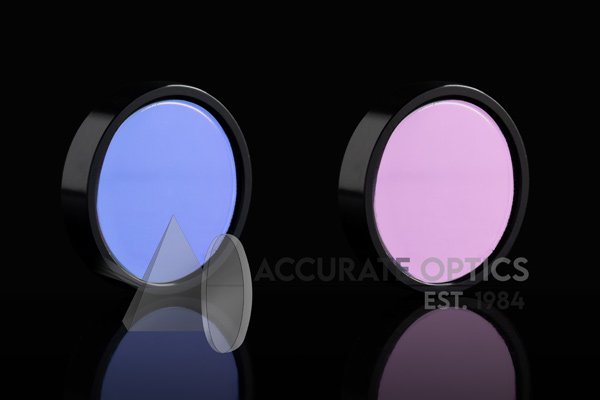Shortpass Filters: Function, Applications, and Benefits
In the world of optics and photography, filters play a vital role in manipulating light to achieve specific outcomes. One type of optical filter that is widely used but perhaps less well-known than some others is the shortpass filter. In this blog post, we will explore what shortpass filters are, how they work, their applications, and the benefits they offer in various fields.
What Are Shortpass Filters?
Shortpass filters, also known as shortwave pass filters or low-pass filters, are optical devices designed to allow shorter wavelengths of light to pass through while blocking or attenuating longer wavelengths. These filters are used to selectively transmit light in the visible or ultraviolet (UV) range while blocking infrared (IR) and longer-wavelength light.
How Do Shortpass Filters Work?
The principle behind shortpass filters is based on the interaction of light with specially designed materials. These filters are constructed using materials with specific optical properties, such as glass or thin films. The key to their function lies in the fact that different materials have different refractive indices and dispersion characteristics for different wavelengths of light.
When light passes through a shortpass filter, the shorter wavelengths (e.g., violet, blue, green) are refracted less and are allowed to pass through with minimal attenuation. In contrast, longer wavelengths (e.g., yellow, red, IR) experience greater refraction and are absorbed or reflected by the filter material, resulting in their suppression.
Applications of Shortpass Filters
1. Photography and Imaging: Shortpass filters are used in photography and imaging systems to control the spectral content of light. They can be used to enhance contrast, reduce unwanted reflections, or create artistic effects by selectively allowing certain colors to pass through.
2. Fluorescence Microscopy: In fluorescence microscopy, shortpass filters are used to separate excitation light from emitted fluorescence, ensuring that only the desired wavelengths are detected, leading to clearer and more accurate images.
3. Spectroscopy: Shortpass filters are utilized in spectrometers to isolate specific spectral regions for analysis. They help researchers study the absorption and emission spectra of materials.
4. Optical Communications: In optical fiber communication systems, shortpass filters are used to remove unwanted longer wavelengths and improve the signal-to-noise ratio.
5. Astronomy: Shortpass filters are used in astronomical instruments to block unwanted IR radiation and reduce atmospheric interference, allowing astronomers to observe celestial objects more effectively.
Benefits of Shortpass Filters
1. Selective Wavelength Control: Shortpass filters offer precise control over which wavelengths of light are transmitted and which are blocked, enabling customization for specific applications.
2. Enhanced Image Quality: In photography and imaging, shortpass filters can improve image quality by reducing haze, glare, and unwanted reflections.
3. Improved Sensitivity: In scientific applications like fluorescence microscopy and spectroscopy, shortpass filters can enhance the sensitivity and accuracy of measurements by isolating specific wavelengths of interest.
4. Protection: Shortpass filters can protect sensitive optical components by blocking harmful UV and IR radiation.
Where to buy Optical Shortpass Filters?
When it comes to shortpass filters, Accurate Optics is your trusted source. These filters are essential for efficiently transmitting shorter wavelengths while blocking longer ones, making them indispensable in various applications, from fluorescence microscopy to spectroscopy. Accurate Optics’ shortpass filters are meticulously engineered for optimal performance, delivering precise wavelength cutoffs and minimal light loss. With their commitment to quality and customization options, Accurate Optics ensures you get shortpass filters tailored to your specific needs, empowering you to achieve superior results in your optical projects. For top-notch shortpass filters, look no further than Accurate Optics.
Conclusion:
Shortpass filters are versatile optical devices that find applications in a wide range of fields, from photography and microscopy to spectroscopy and telecommunications. By selectively allowing shorter wavelengths to pass while blocking longer ones, these filters provide control and precision in manipulating light. Whether you’re an enthusiast capturing stunning photographs or a scientist exploring the mysteries of the universe, shortpass filters can be a valuable tool in achieving your optical goals. Understanding their principles and applications can help you harness the power of shortpass filters in your endeavors.









One Comment